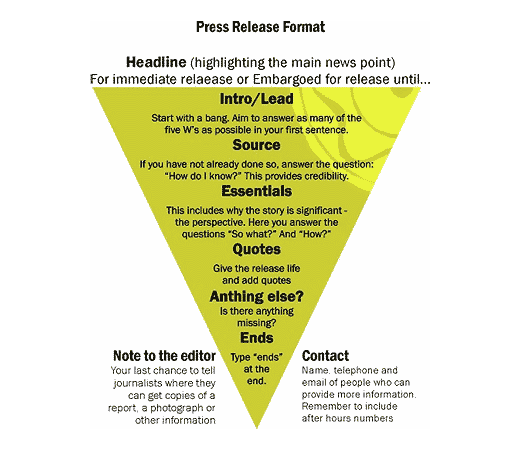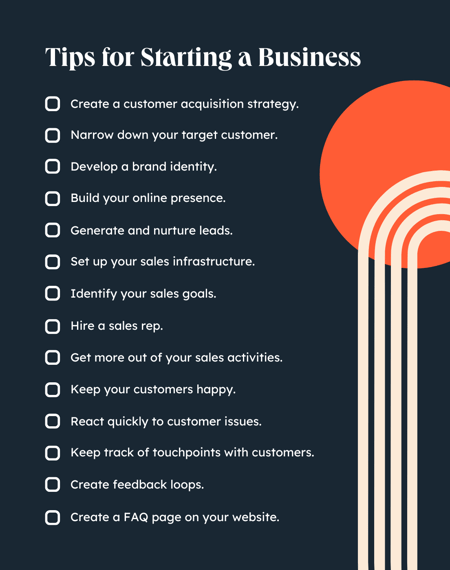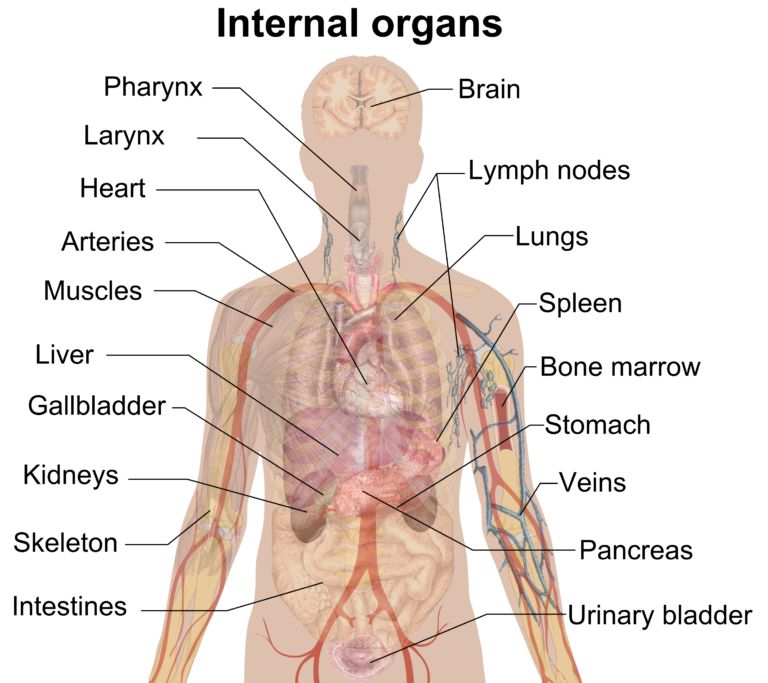What Is Basic Assistive Technology?
Assistive technology (AT) is any type of technology that helps individuals with disabilities to perform basic everyday tasks. Basic assistive technology can range from simple products, such as a reacher or a walker, to more complex devices, such as voice recognition software or robotic prosthetics. Basic assistive technology can provide people with physical, sensory or cognitive impairments with greater independence and access to the environment.
Definition of Assistive Technology
Assistive Technology (AT) is the term used to describe any item, piece of equipment, product, or system used to increase, maintain, or improve the functional capabilities of individuals with disabilities. AT can range from low-tech items such as adapted pencil holders, switches, and magnifiers to high-tech items such as augmentative communication devices, computer access systems, and environmental control systems. AT can also encompass services such as the evaluation of a person’s needs for AT and the training of the person in its use. Assistive technology can be used to help a person with a disability to do everyday tasks more efficiently, to increase safety in the home or workplace, and to provide greater independence.
Uses of Assistive Technology
Assistive Technology (AT) is a broad term that refers to the use of technology to enhance the lives of individuals with disabilities. AT can range from simple devices, such as magnifying glasses and hearing aids, to more complex tools that help individuals with physical disabilities communicate or gain independence. AT can be used to help people with cognitive disabilities, such as learning disabilities, autism, or acquired brain injuries, to increase their ability to learn, communicate, and participate in activities. It can also be used to improve the quality of life and independence of those with physical disabilities, such as those with vision loss, paralysis, or mobility impairments. AT is a powerful tool that can provide individuals with disabilities with the freedom to live more independently and participate more fully in society.
Types of Assistive Technology
Assistive technology is any device, software, or equipment that can be used to help people with disabilities access the world around them. Assistive technology can range from simple tools such as magnifiers and hand controls, to sophisticated computer programs and artificial intelligence. It can be used in the classroom, at home, and in the workplace. Assistive technology can help people with disabilities perform tasks independently, communicate with others, and stay safe. Some common types of assistive technology include hearing aids, wheelchairs, communication devices, speech recognition software, and computer access systems. Assistive technology can give people with disabilities greater freedom and increased independence, allowing them to explore the world around them and participate in activities that may have been out of reach before.
Benefits of Assistive Technology
Assistive technology is a powerful tool that can help individuals with disabilities increase their independence, improve their communication, and enhance their quality of life. This type of technology can provide access to computers, communication devices, physical supports, and more. Assistive technology can help individuals with disabilities access the same level of education, communication, and employment opportunities as their non-disabled peers. It can also help reduce the risk of injury, promote greater independence, and increase the user’s ability to interact with their environment. Assistive technology can provide the user with greater control over their life, allowing them to take part in activities they may have previously been unable to participate in. It can also reduce the cost of medical care, provide increased access to information, and improve overall quality of life. With the right assistive technology, individuals with disabilities can achieve a greater level of independence and enjoy a higher quality of life.
Challenges with Assistive Technology
Assistive technology has revolutionized the lives of people with disabilities, providing them with the tools and resources to live lives of dignity and independence. However, challenges remain when it comes to using assistive technology. These can range from cost, availability, training, and maintenance. Furthermore, assistive technology products are often difficult to use, require specialized support, and have limited compatibility with other products. Therefore, it is important to consider the unique needs of the individual, access to resources, and a strong support system when it comes to using assistive technology. With the right resources, assistive technology can help individuals with disabilities to achieve their full potential.
Cost of Assistive Technology
Assistive technology is an invaluable tool for individuals with disabilities, providing them greater access to communication, education, and independent living. However, the cost of these technologies can be prohibitively expensive, making them inaccessible to many. This blog will explore the current state of assistive technology, its costs, and potential solutions to help make these vital tools more affordable. We’ll look at the various types of assistive technology, how they are priced, and the financial assistance programs available to help make them more accessible. Additionally, we’ll explore innovative methods and technologies that are being developed to reduce the cost of assistive technology for those who need it most.
FAQs About the What Is Basic Assistive Technology?
Q1. What is assistive technology?
A1. Assistive technology is any device, software, or equipment that helps individuals with disabilities gain access to and use technology more easily. This can include modifications to existing technology, as well as the use of specialized devices and software.
Q2. What types of assistive technology are available?
A2. There are a wide variety of assistive technology products available, including computer access aids, communication aids, environmental control devices, and more. Depending on the individual’s needs, different devices and software can be used to help them access technology and engage in activities independently.
Q3. Are there any free resources to help with assistive technology?
A3. Yes! There are a number of free resources available to help individuals with disabilities access and use assistive technology, such as assistive technology websites, training programs, and online support communities. Additionally, many organizations provide funding for assistive technology and can provide additional assistance.
Conclusion
Overall, basic assistive technology is an important tool for people with disabilities, offering a variety of solutions that can help improve the quality of life for those with physical, mental, and emotional challenges. These tools provide mobility, communication, and access to information, helping people with disabilities to engage more fully in their communities. Basic assistive technology also serves to reduce the physical and social barriers that people with disabilities can face, offering greater independence and autonomy.




